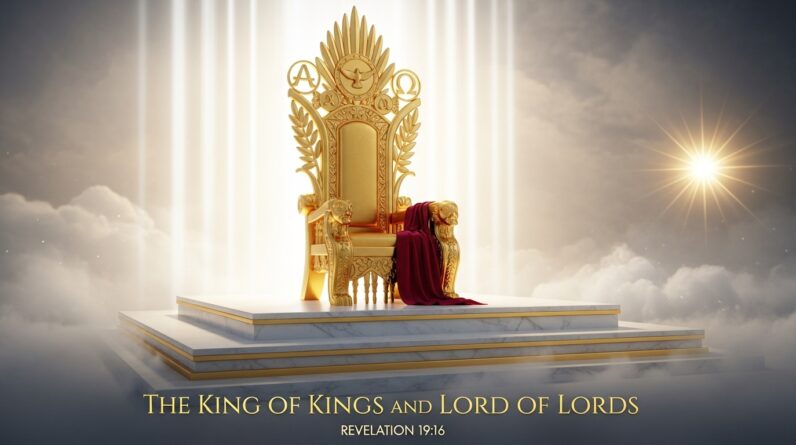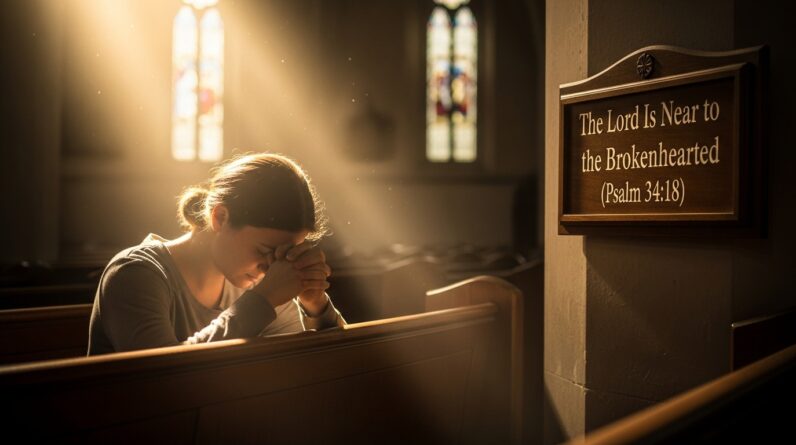Explore Genesis 6:9-22 and uncover the deeper meaning, historical context, and life lessons behind the story of Noah’s Ark in this insightful article.
Have you ever wondered about the story behind Noah’s Ark and its deeper meaning? In this article, you’ll embark on an enlightening journey through the passage of Genesis 6:9-22. Together, we’ll uncover the purpose and significance of this foundational Bible story, explore its historical context, and examine the verses that detail God’s instructions to Noah. Along the way, you’ll discover valuable lessons and practical insights that can be applied to your everyday life. So, let’s set sail on this rewarding exploration of faith, obedience, and divine wisdom.
Exploring Noah’s Ark: A Study of Genesis 6:9-22
Welcome, dear reader. Let’s embark on an exploration of one of the most captivating narratives in the Bible: the story of Noah’s Ark, found in Genesis 6:9-22. By the end of our journey, my hope is that you’ll not only gain a deeper understanding of this ancient text but feel inspired to reflect on its timeless lessons in your own life.
Purpose and Goal
Our purpose here is to delve into the passage of Genesis 6:9-22 with an open heart and curious mind. By studying these verses, we aim to understand the historical context, the author’s intent, and the broader biblical narrative. Ultimately, we seek to uncover practical applications for our daily lives, making ancient wisdom relevant in today’s world.
Scripture Passage
Genesis 6:9-22 is the specific Bible passage we’ll be exploring. These verses chronicle the divine instructions given to Noah for building the Ark, the vessel that would preserve life amidst a catastrophic flood. Let’s read the passage together:
“This is the account of Noah and his family. Noah was a righteous man, blameless among the people of his time, and he walked faithfully with God. Noah had three sons: Shem, Ham, and Japheth.
Now the earth was corrupt in God’s sight and was full of violence. God saw how corrupt the earth had become, for all the people on earth had corrupted their ways. So God said to Noah, ‘I am going to put an end to all people, for the earth is filled with violence because of them. I am surely going to destroy both them and the earth. So make yourself an ark of cypress wood; make rooms in it and coat it with pitch inside and out. This is how you are to build it: The ark is to be three hundred cubits long, fifty cubits wide, and thirty cubits high. Make a roof for it, leaving below the roof an opening one cubit high all around. Put a door in the side of the ark and make lower, middle and upper decks. I am going to bring floodwaters on the earth to destroy all life under the heavens, every creature that has the breath of life in it. Everything on earth will perish. But I will establish my covenant with you, and you will enter the ark—you and your sons and your wife and your sons’ wives with you. You are to bring into the ark two of all living creatures, male and female, to keep them alive with you. Two of every kind of bird, of every kind of animal, and of every kind of creature that moves along the ground will come to you to be kept alive. You are to take every kind of food that is to be eaten and store it away as food for you and for them.’ Noah did everything just as God commanded him.”

Background Information
Historical Context
Understanding the historical and cultural context of Genesis 6:9-22 is essential for appreciating its significance. This passage is set in a time when humanity was experiencing moral decay. The ancient world, likely Mesopotamia, was bustling with early civilizations grappling with violence and corruption. The narrative’s backdrop is a world gone astray, necessitating divine intervention.
Author and Audience
The authorship of Genesis is traditionally attributed to Moses, though modern scholars often view it as a compilation of texts from different sources. Regardless, this passage was initially addressed to the Israelites, reminding them of their covenant with God and the consequences of moral degeneration.
Content Analysis
Verse-by-Verse Commentary
- Verse 9: Noah’s righteousness and blamelessness establish him as a character in stark contrast to the corrupt world around him.
- Verse 10: The mention of Noah’s sons—Shem, Ham, and Japheth—prepares readers for their role in the narrative’s continuation.
- Verses 11-12: God’s observation of the earth’s corruption underscores the severity of the situation.
- Verses 13-14: The divine decree to end all life introduces the gravity of the forthcoming flood, and Noah receives the extraordinary task of building the Ark.
- Verses 15-16: Detailed specifications for the Ark’s construction highlight the precision and scale of this divine project.
- Verse 17: The announcement of the flood that will destroy all life sets the stage for the dramatic events to come.
- Verse 18: God’s covenant with Noah and his family offers a glimmer of hope amidst the looming destruction.
- Verses 19-21: Instructions for gathering animals and provisions emphasize the Ark as a means of preserving life.
- Verse 22: Noah’s obedience to God’s commands showcases his faith and commitment to the divine plan.
Cross-References
- Matthew 24:37-39: Jesus refers to the days of Noah to illustrate the suddenness of His second coming, reinforcing the need for vigilance.
- Hebrews 11:7: Noah’s faith is commended in the New Testament, showing his actions as a model of righteous living under divine guidance.

Themes and Key Concepts
Main Themes
- Judgment and Mercy: The narrative balances God’s judgment of human wickedness with His mercy in preserving a remnant through Noah.
- Faith and Obedience: Noah’s unwavering faith and meticulous obedience exemplify the virtues celebrated in the biblical tradition.
- Covenant: The concept of divine covenant is central, promising continuity amidst chaos.
Key Concepts
- Righteousness: Noah’s righteousness is not just legalistic but holistic, encompassing his conduct and relationship with God.
- Divine Instruction: The detailed instructions for the Ark’s construction signify God’s involvement in humanity’s salvation.
Moral and Practical Application
Personal Reflection
Reflect on how Noah’s faith and obedience resonate with your own spiritual journey. Are there areas in your life where you can embody these virtues more fully?
Community Application
Consider how your community can foster a collective commitment to righteousness and support each other in times of moral and spiritual challenges.
Action Plan
- Identify one specific way you can demonstrate faith and obedience in your daily life.
- Encourage open dialogue within your community about striving for collective righteousness.
- Commit to studying other biblical covenants to understand their implications for contemporary faith practice.

Life Application Questions
- How can Noah’s example inspire you to maintain faith in challenging circumstances?
- In what ways can you contribute to preventing moral decay in your community?
- What steps can you take to be more attentive to divine instructions in your life?
Real-Life Examples
Imagine a modern-day Noah, a person living a life of integrity and faith in an increasingly cynical world. Perhaps it’s a community leader who tirelessly works to bring about social justice, or a parent who instills values of compassion and honesty in their children despite societal pressures. These real-life “Noahs” remind us that righteousness and obedience are timeless virtues.
Conclusion
As we conclude our exploration of Genesis 6:9-22, we are left with invaluable lessons on faith, obedience, and divine covenant. Noah’s story, set against a backdrop of moral decay, highlights the importance of righteousness and trust in divine guidance. Let’s carry these lessons into our lives, striving to be modern-day Noahs in a world that often feels adrift.







